Travel along with me as I share 4 fun-filled days in Kansas on the Kansas Wheat2Bread tour with Kansas Wheat and Red Star Yeast!
Earlier this month I spent 4 incredible days in Kansas with the Kansas Wheat Commission and Red Star Yeast and fellow baking bloggers learning all about the 6 classes of wheat, how wheat is sown, how it’s harvested, riding in a combine, learning even more yeast baking secrets and baking with one of my idols. Talk about a whirlwind experience! I’ve gone on my fair share of press trips but this one was such a blast. During this trip local Kansas farmers shared their stories of how their farms came to be, what it actually takes to run a wheat farm and even ride in a combine (that ginormous machine that harvests wheat). We toured a flour mill (man was it hot in there!), discussed the variances of yeast, visited the Kansas Wheat Innovation Center, and baked bread with Zoë from Zoë Bakes and Julene from Kansas Wheat.
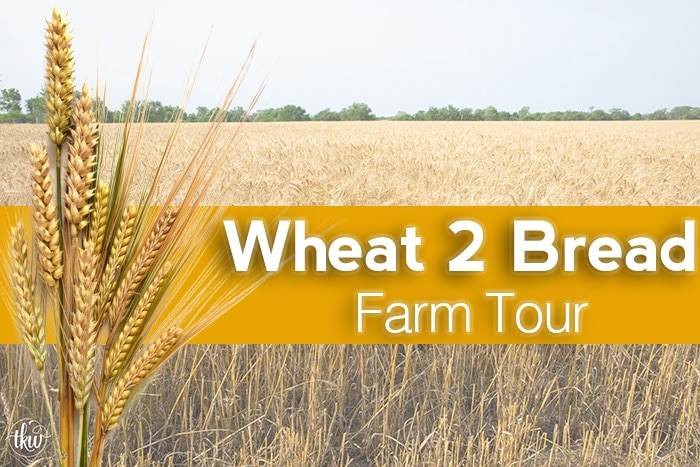
So sit back, get comfy, grab and snack and read all about my fun-fill adventure!
Day 1 – Meeting my trip mates
Arriving safe and sound we checked into our hotel, got cleaned up from a our flights and then headed off to dinner at Larkspur Bistro & Bar. Joining me on this adventure was Jamie from Love Bakes Good Cakes, Jessica from A Kitchen Addiction, Sally’s Baking Addiction, Kristin from Baker Bettie, Abby from Heart of a Baker, Annalise from Completely Delicious, Adriana from Adriana’s Best Recipes,, and Stefani from Cupcake Project. Also on this trip was Jill Ladd (registered dietitian), Jenny Goering – 5th generation farmer from the heart of Kansas, Linda Nelson and Kelly Olson from Red Star Yeast, and lastly Marsha Boswell, Jordan Hildebrand and Julene DeRouchey from the Kansas Wheat Commission.
Since most of us spent the day traveling it was nice to just to have an informal dinner sitting around a huge table and getting to know one another. We went around the table introducing ourselves, talking about our blog, why/how we got into blogging and a little bit or two about ourselves. Throughout dinner we all shared stories of blogging – the good, the bad and the ugly. Yes there is an ugly side of blogging but you keep your chin up and persevere. We shared ideas of ways we can improve our blogs and how events like this trip, really help bond the food blogging community. Marsha and Jordan from Kansas Wheat gave us more info on our packed itinerary and hints about fun surprises – I like surprises.
Normally I’m pretty shy when I first meet someone but honestly meeting these amazing ladies it felt like I had known them for years. Okay sure some I had “known” for years either via email or from following their blogs but in person, they were just as impressive … and genuinely nice!
Day 2 morning – Visiting the Scott Van Allen Farm
Getting up early we started our day off with a great breakfast at the hotel and then we hit the road heading up to Scott Van Allen’s farm in Sumner County which is the self-appointed “Wheat Capital of the World”. This was the first time I had ever been in a wheat field and honestly I was awestruck by the golden wheat fields just blowing back and forth against the gorgeous blue sky. A sense of American pride overwhelmed me as I stood there just staring out into the fields seeing those amber waves of grain blowing.
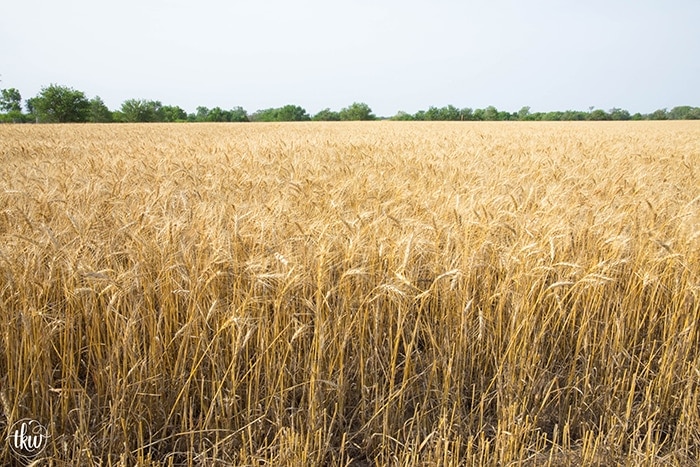
Meeting Scott was an absolute trip. He was good people as my Daddy used to say. Real, honest, hard-working. Up by 5am, grab some breakfast at the local diner, check the equipment and work all day til the sun goes down. Scott owns about 2,500 acres of cropland where he raises about 2200 acres of dryland wheat grain and 300 acres of sorghum. Fortunately for us, our trip coincided with the summer wheat harvest. Scott shared with us his process of how wheat is sown, grown and harvested. Like most other farmers Scott and his farm hands spend their time planting the wheat seeds, checking for disease while monitoring the health of the wheat until it’s time to harvest. One disease that what’s called rust. “Rust” is where the wheat plant/head will turn reddish or a rust color. Now it will not hurt the kernels but it will stunt the growth. They only real pest are aphids but that’s easily treatable. Wheat is generally pretty resilient.
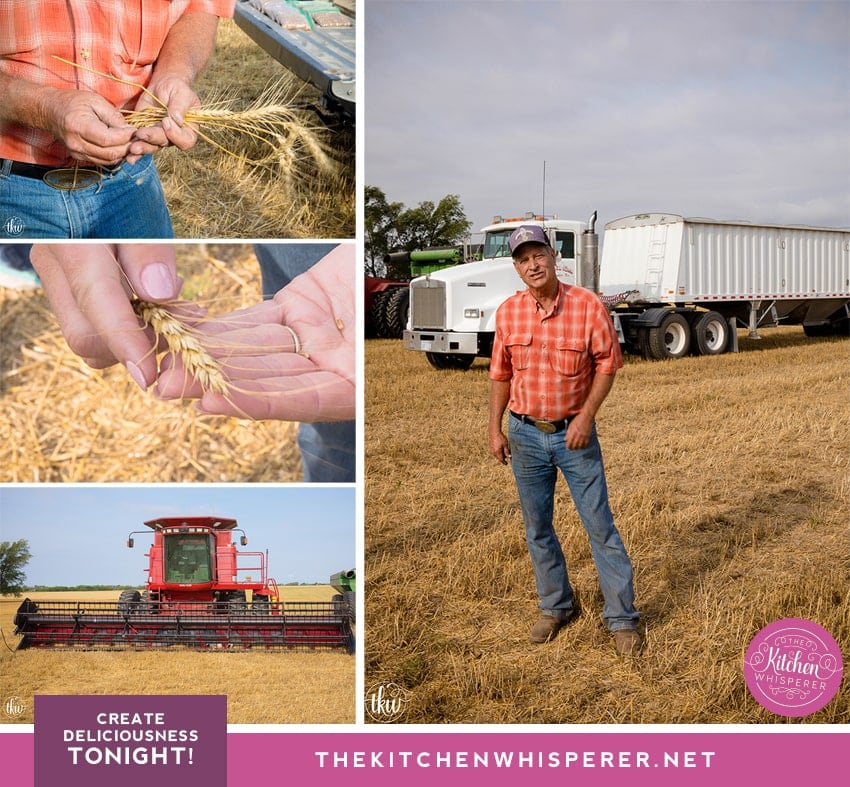
For us it was harvesting time which meant we all got to ride in the combine. For our arrival Scott was harvesting Hard Red Winter Wheat. This machine is MASSIVE and gnarly looking with huge teeth. The modern day combine you see here is something most folks that harvest are thankful for. In the olden days they would have to do 2 jobs – one would be cut down the wheat plants by hand with a long-handled cutting tool like a scythe. Next, to separate the edible grain (and yes you can eat it raw – it’s crunchy!) from the inedible chaff they have to grab the stalks and beat them against something. This was known as threshing. Lastly, they’d have to clean up any remaining debris from the seeds to make them suitable for the mill. Needless to say this took countless hours and many helping hands.
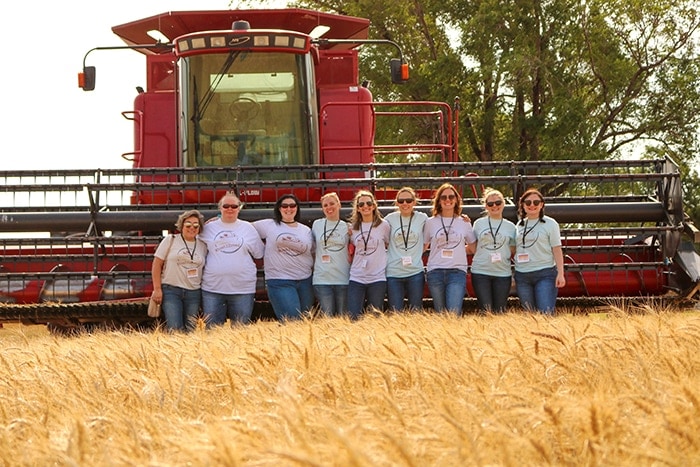
Once the combine does its work, the kernels are them moved into the back of a semi-truckl. The harvested grain is sold to the local grain elevator which has sensors to keep it fresh and regulated. Another thing that will affect wheat is a higher moisture (over 14%). It’ll mold. What needs to happen then is in the elevator it will need to start drying out the grain to help control the moisture. This, in turn, costs the farmer more money. There it’s stored until the right market price or it can sell. At that point the grains are sold to flour millers or loaded into ships for overseas markets.
Per Scott, “Knowing when to sell your grain is a gamble; like a stock market. We live by the market. Average right now is $5.50 which is $1 higher than last year.” According to Scott, it’s a fluid-market which means he can make a living.
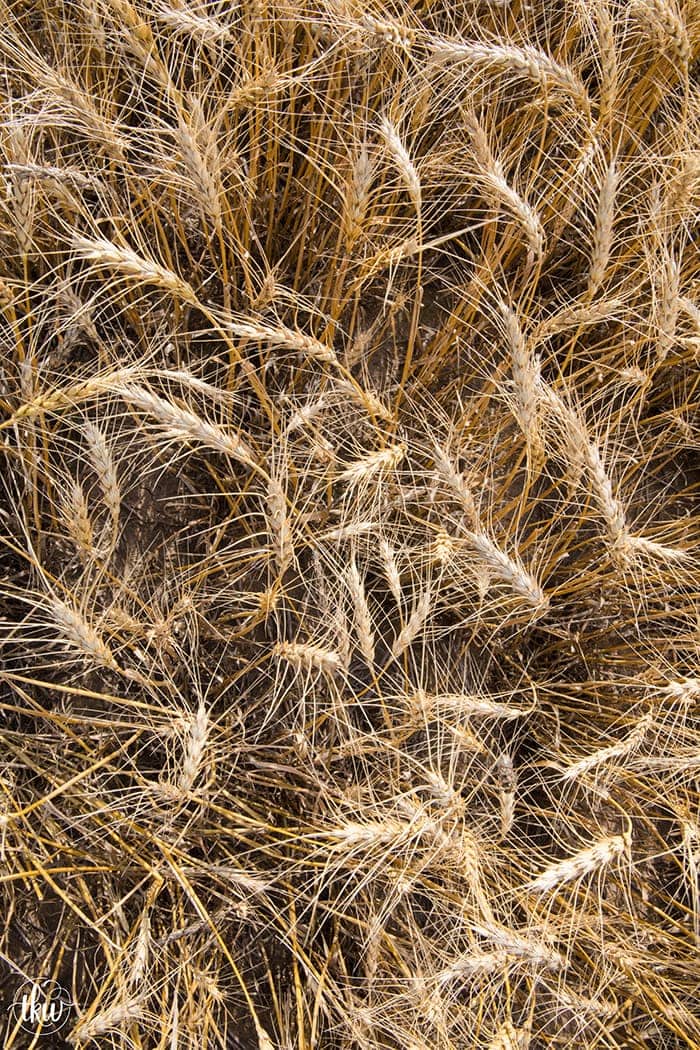
When the combine was invented it literally “combined” these actions. Now you just simply drive through the fields while the clippers in the front crops the wheat while the other mechanics cut, thresh and clean the grains all by themselves using the rotating blades, wheels, sieves and shoot. The grains then collect in the tank in the back. While I got to ride with Scott we chatted about everything – even his newly arrived grandfather that made his eyes twinkle every time he mentioned her name.
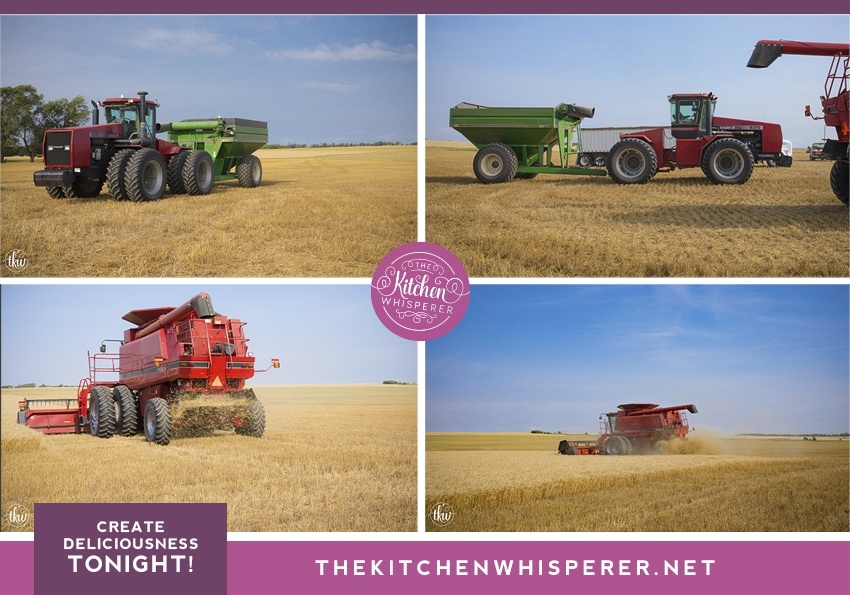
Did you know?
- One acre of Kansas wheat could feed a family of 3 or more for more than 14 years?
- In 2016 the Kansas wheat crop could feed the entire world population for 18 days!
- One 60-pound bushel of wheat provides about 42 pounds of white flour!!! That means flour enough for about 70, 1 pound loaves of white bread or about 90, 1 pound loaves of whole wheat bread – that’s a lot of baking!
- There is no GMO wheat; it’s all naturally created.
- An acre of wheat land is roughly equal to the size of a football field, or 48,000 sqft
- It takes 3 years for a wheat field to be certified as organic.
- Some wheat fields do what’s called a ‘Double Crop”
Double cropping allows farmers to maximize production. Most will harvest wheat and then once the wheat is harvested they will plant soybeans.
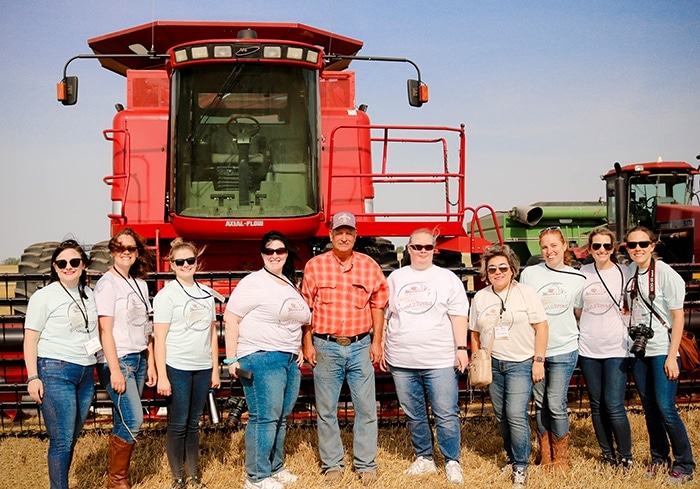
It was asked, “What is one thing you wished the average consumer knew about wheat farming?” He chuckled, dusted off his wheat coated jeans and said, “We love to have fun, watch our grandkids. It’s a business like any other business. What I wish people understood is that we are a safe product. We’re not GMO. I wish people who worked a salary job had to look at the wheat market every morning to determine what their actual salary was going to be. That whatever the market dictates that’s how much money you earn and what your living is.”
…. such a powerful comment Scott.
As we said our goodbyes to Scott this little farm off in the distance caught my eye. So simple yet so beautiful.
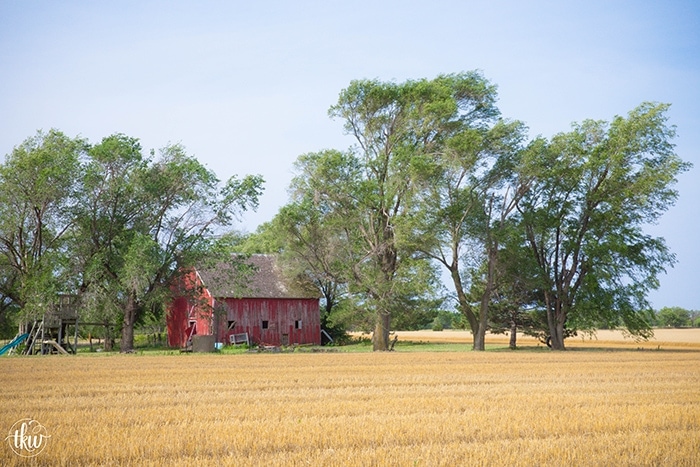
Day 2 afternoon – Farmer Direct Foods
From Scott’s farm and after stopping for a delicious lunch at Bagatelle Bakery we got back on the cooled bus and headed up to Farmer Direct Foods where Bob Morando, CEO, gave us a tour of the facility while educating us on how wheat is milled. Farmer Direct Foods manufactures “All Natural” Whole White and Red Stone Ground wheat flours. What that means is their flours contain 100% of all the nutritional value with no added enrichment and no preservatives. Real ingredients, simply put.
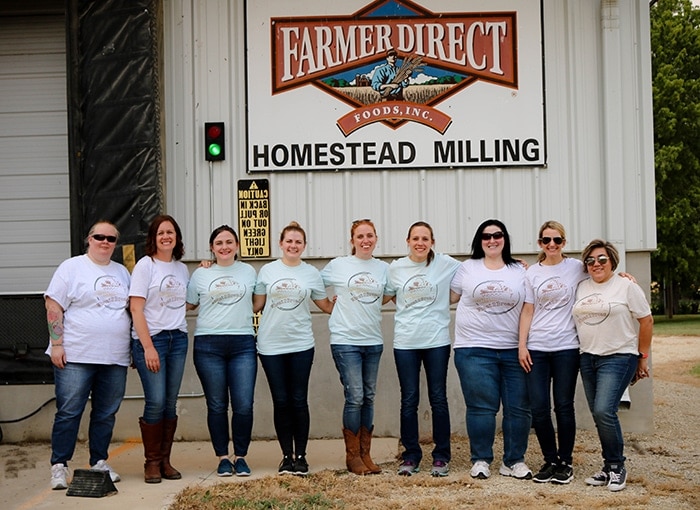
As we toured through the, very hot, flour mill Bob walked us through the process and how their Farmers’ Cooperative wheat is grown using Sustainable Farming Practices. The wheat that they use is also trademarked as “IA – Identity Assured” meaning from planting through harvest, then onward through the Milling process, they track each individual lot right into the packages that we sell to you with 100% traceability. Coming from a chef and engineer this was really, REALLY impressive. His Stone Ground Whole White Wheat Flour is nutritious, fiber rich, “naturally sweet tasting,” and Healthy. The flour they produce provides the healthy goodness of whole wheat with a mild, Non-bitter flavor and a lighter color than whole wheat flour milled from red wheat.
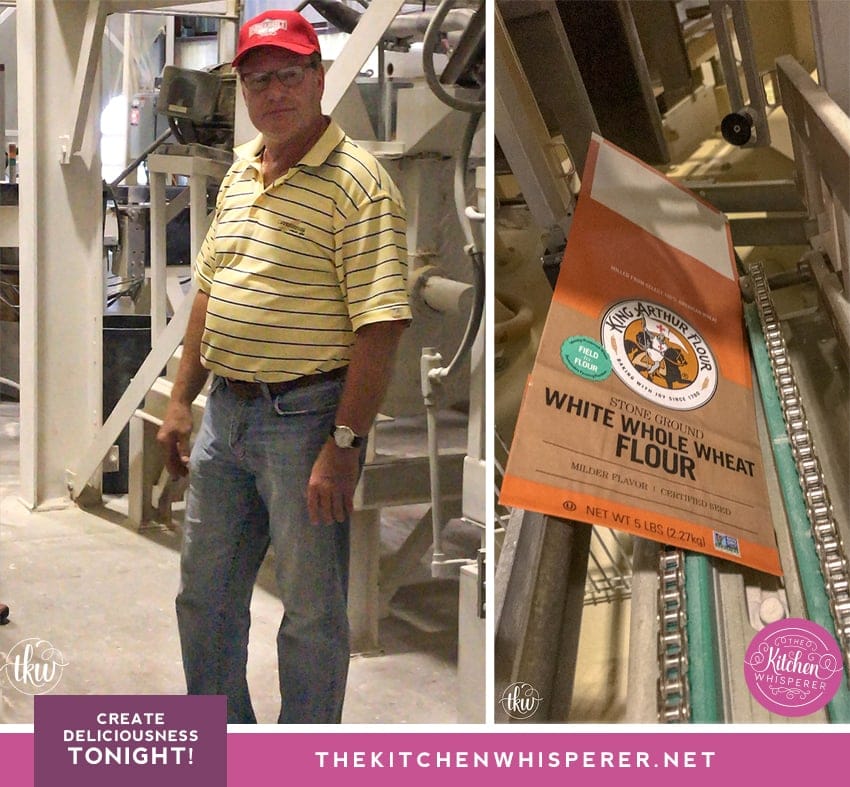
One of Farmer Direct Foods largest customer is King Arthur Flour which we all know and love! Each year his company mills over 10 million pounds of flour for them. 10 MILLION! And I thought I baked a lot!
How many of you bake with white whole wheat flour? I do and LOVE IT The benefits are incredible!
- 100% Whole Wheat; a whole grain food
- All natural, no preservatives
- Naturally sweet grain flavor notes
- Lighter in color
- A protein count of 13-13.6%
- A finer granulation than typical whole wheat flour
- Their traditional, high-protein flour is made from specially selected, naturally sweeter hard white winter wheat end milled closer to the bran coat to provide superior flavor and water absorption, especially for crusty artisan breads
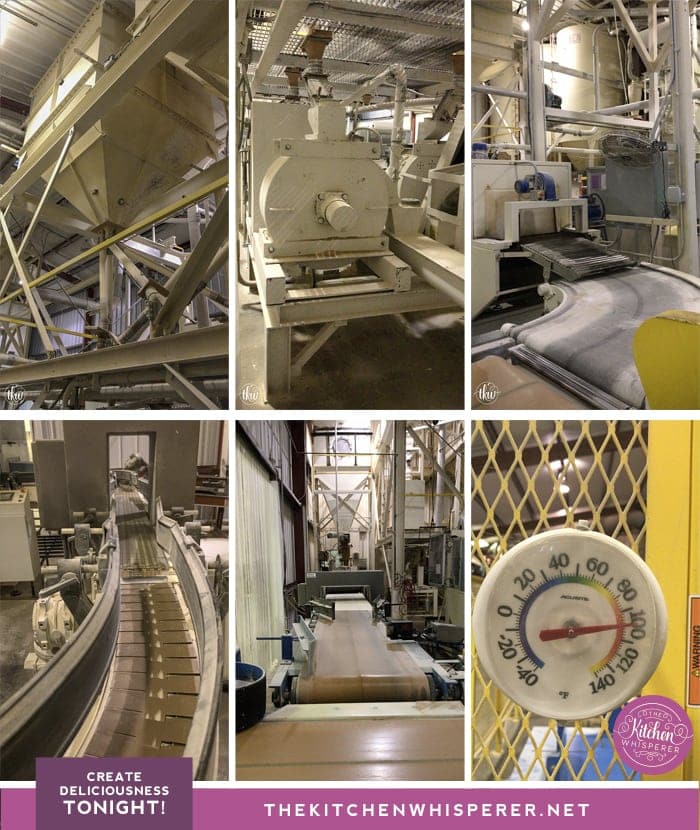
As Bob spoke you could hear the pride and passion in his voice. It was such a great experience spending the day with both Scott and Bob. This, this was the heartland of America.
Day 3 morning – Touring Kansas Wheat Innovation Center
Early the next morning after a delicious breakfast at we arrived at the Kansas Wheat Innovation Center on the campus of Kansas State University. This Innovation Center is pretty spectacular. They main goal is to improve wheat producer production and profitability through wheat research. This center is build through the Kansas wheat checkoff program. The checkoff program decides how things are funded with regards to wheat – marketing, resources, etc. When times are tough they dip into their 6 months of reserves to help out.
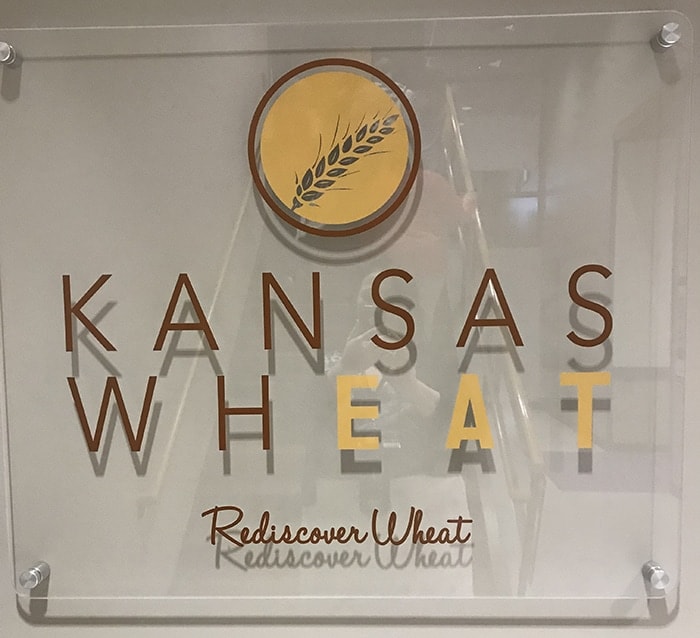
The KWIC is home of the Wheat Genetics Resource Center. The WGRC, since 1984, has led a gobal effort in conserving and researching more than 2 dozen wile wheat and goatgrass specials. More than 30,000 samples from the collection of wild wheat relatives, genetic stocks and improved genetic resources have been shared to scientists in 45 countries and 39 states in the US.
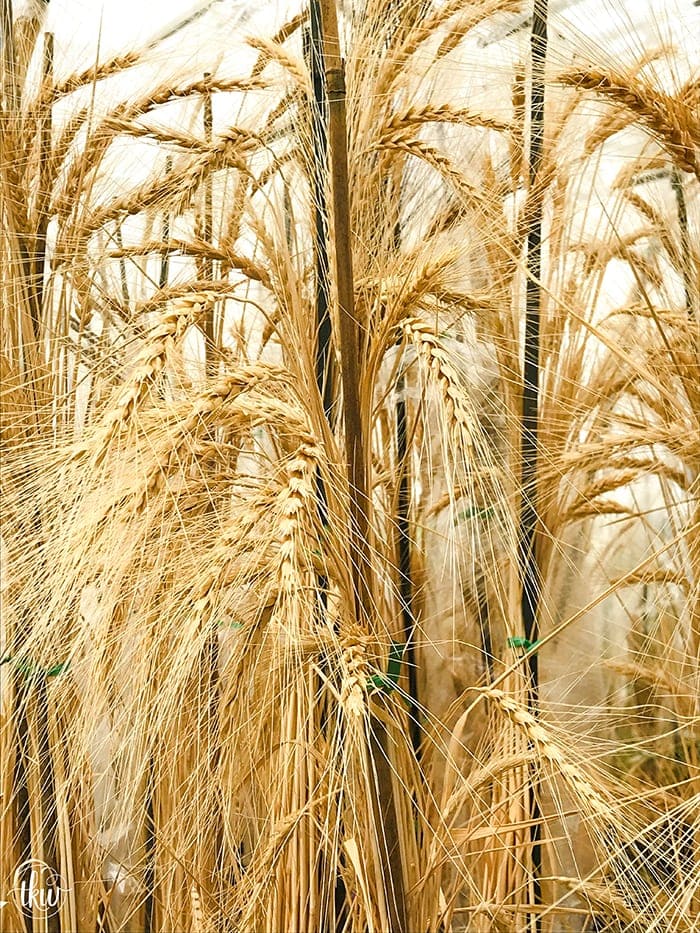
At the WGRC Gene Bank there are:
- Wild Wheat Species – 3,843 accessions and 247,647 seeds
- Genetic Stocks – 3,440 accessions and 237,834 seeds
- Populations – 6,250 accessions and 137,049 seeds
In total that’s 13,533 accessions and 622,530 seeds (look at the top left picture below… there’s a HUGE room full of seeds and wild grains!
one room you’ll notice is the room with the red and blue light (top right). Research has shown that plants respond to red and blue lights much better. For the summer/spring wheat, the rooms are set to 60-65F while the winter wheat room is set to 35F. BRRR! As we walked through the various rooms we learned about all the research that goes into developing new wheat varieties, and how researches are able to actually breed genes from ancient grains. Some are even over 10,000 years old! Incredible!
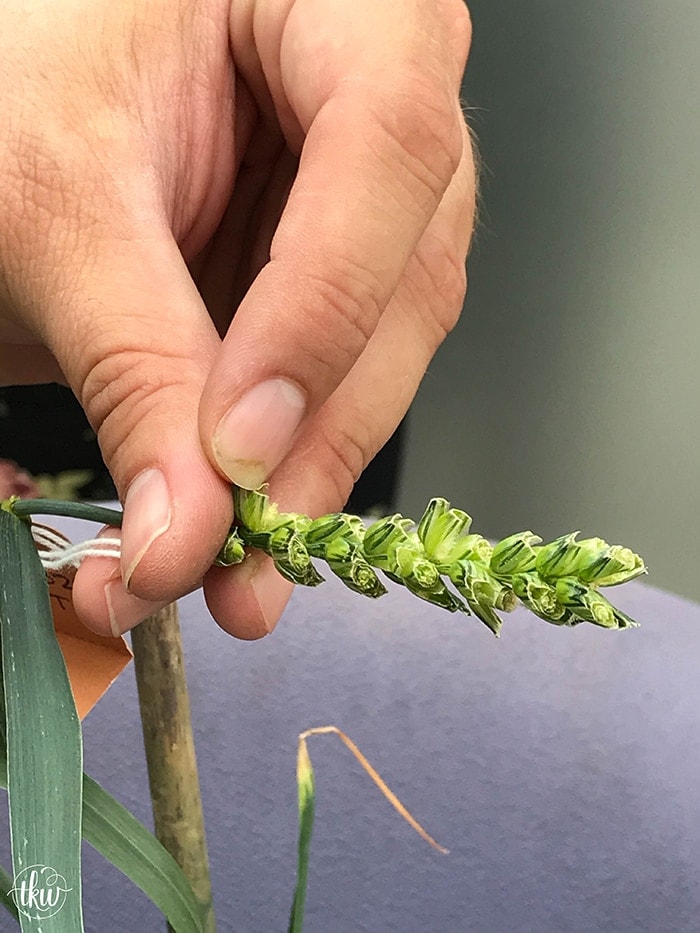
Honestly, if you’re ever in Kansas, see if you can request a tour as it was incredible!
Day 3 afternoon – Baking with Zoë Francois and Julene DeRouchey
After the tour we stayed and the innovation center and there we met up with Zoë and Julene. What I absolutely loved about this class was it was informative and fun. We made types of dough – enriched and lean. Check out my write-up on what the difference is. As we sat there we learned about the National Festival of Breads which seriously could be one of the greatest things on earth. We all need to go!
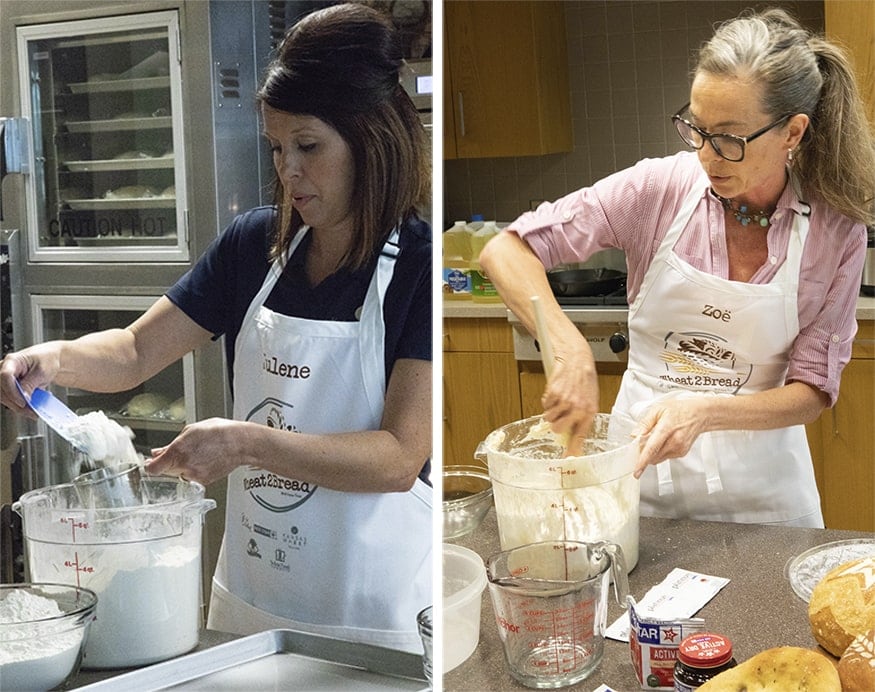
Julene shared with us her Enriched White or Whole Wheat recipe which was so soft and tender. It was the basis of many of the delicious sweet breads you see below. Zoë shared with us her master recipe that helped kick-start the whole “everyone can bake bread” movement with her in-depths serious of cookbooks and website. Artisan Bread in Five Minutes a Day: The Discovery That Revolutionizes Home Baking is literally one of THE BEST bread baking book for everyone – whether you’re a master chef or someone who just tackled boiling water. This book is for you!
Zoe also gave us each a copy of her latest book, The New Artisan Bread in Five Minutes a Day: The Discovery That Revolutionizes Home Baking, AND she signed it ♥
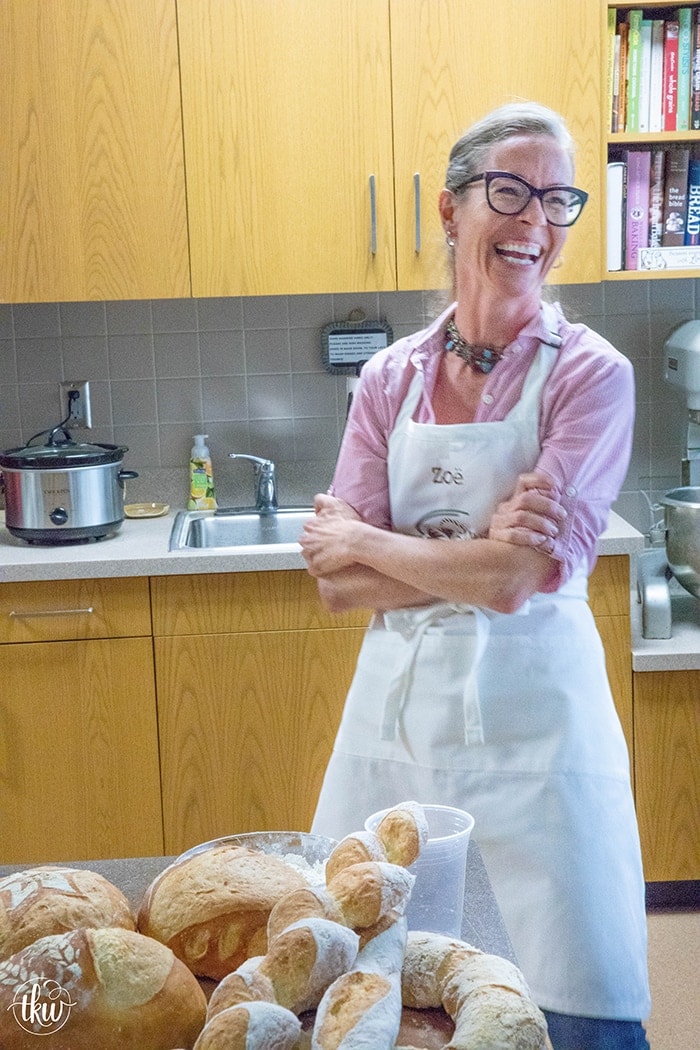
Throughout the day she shared with us her baking techniques that truly were so basic and laid back that it made even tackling something like the gorgeous braided cream cheese bread, a breeze!
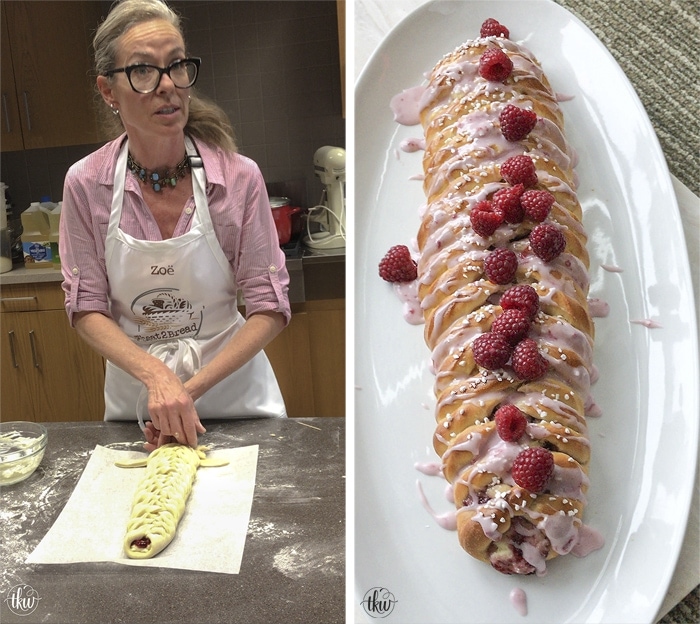
She also showed us how to make babka in a crock pot. Seriously for real! It was AMAZING!!! And she also shared with us to make the twist star bread that I’m sure you’ve seen all over Pinterest the past few years. It’s honestly so simple and the fillings are endless.
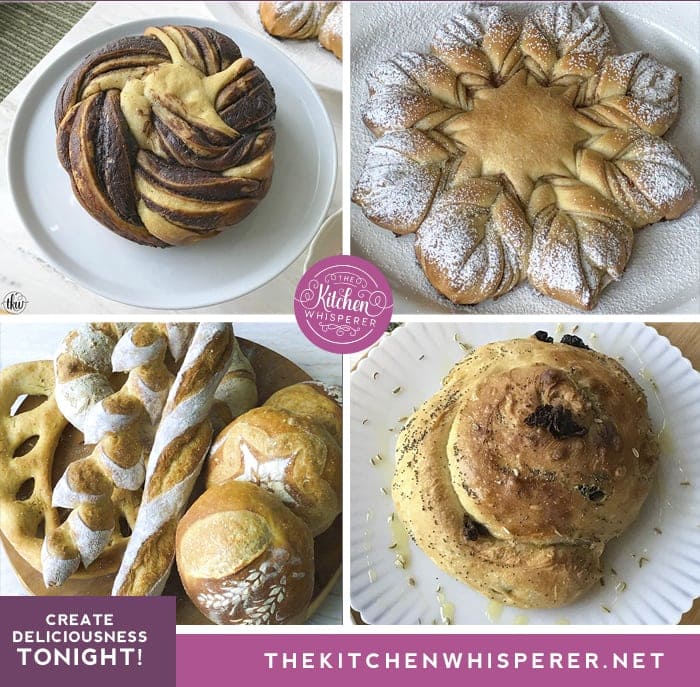
And then there were donuts because well, Zoë was craving donuts. LOL So love her!
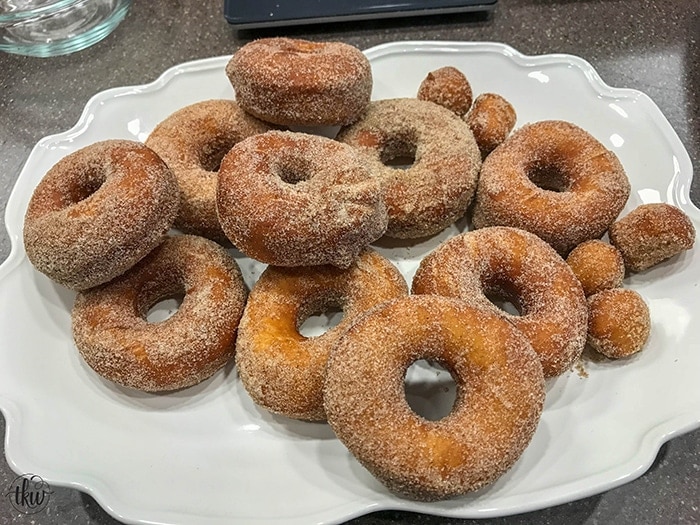
This adventure was truly magical and a whirlwind of awesomeness! Below are the amazing ladies that I got to share one of the best experiences I’ve had in my life. To my new friends, Thank you all for sharing this with me! Baking with you all and getting to know you all was a true pleasure and honor! ♥
(pictured below L-R: Kelly, Jill, Adriana, Kristin, Jessica, Jamie, Zoë, me, Marsha, Annalise, Stefanie, Abby, Sally, Jenny, Linda, Jordan, and Julene)
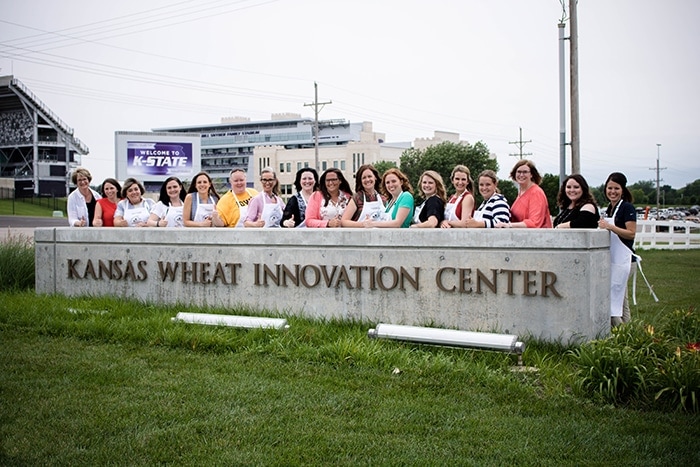
Meeting Zoë, having dinner with her a few times and spending the day baking was honest a dream come true. She’s been one of my idols for quite some time and now I feel that not only did I have a dream come true but I also made a lifelong friend in her. She is as genuine and down to earth as they come and truly one of the most amazing people I’ve ever met!
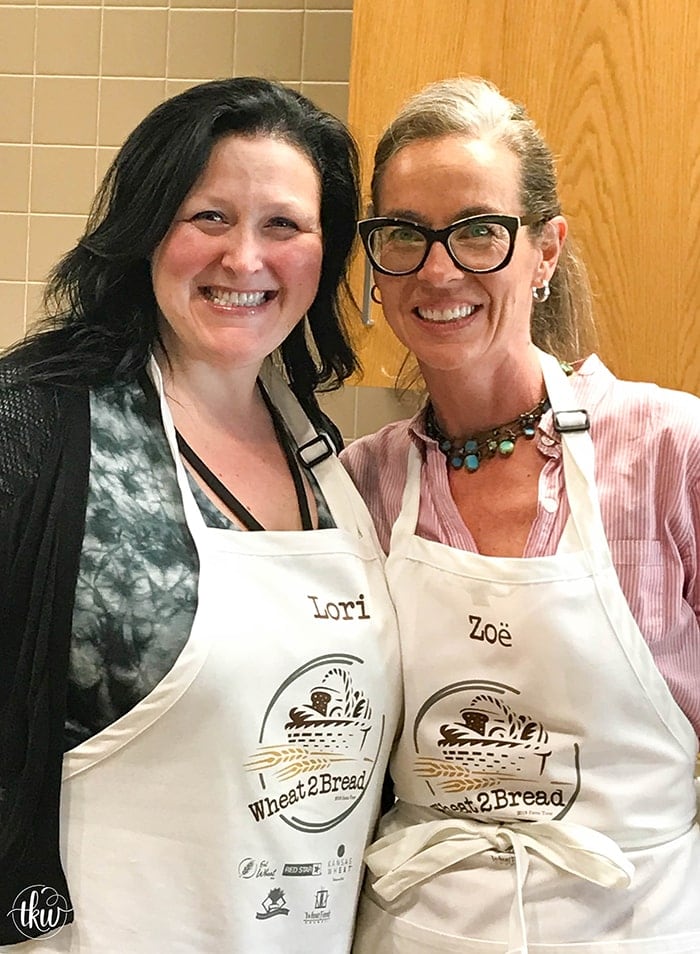
Day 4 – Heading home
That morning I had breakfast with my new friend Jamie, who I can’t wait to catch up with next time I’m in Arizona, plus Linda and Kelly from Red Star Yeast. This was the first time I was bummed to go home. I had such an amazing experience, met so many incredible people and made a few new friends. But more importantly, I was able to learn so much more knowledge and skills that I can now pass along and share with you all.
Secrets to Yeast Baking
Yeast baking is really easy as long as you understand what yeast is responsible for and how it works. Thanks to my friends at Red Star Yeast, here’s the top 10 list on how to success with yeast.
- Don’t forget that yeast is a living organism.
- Understand that there are different types of baker’s yeast.
- Know how to store and handle your yeast.
- Understand how temperature affects your yeast action.
- When in doubt, proof the yeast in a small amount of water with a pinch of sugar.
- Not all flours are created equal.
- Moisture of the flour and liquid absorption can vary.
- Know your dough!
- Understand how to rise/proof your dough.
- Understand dough tolerance & how yeast action affects the condition/consistency of dough.
Here’s a handy dandy PDF file with more details that they created. Download PDF
More Wheat Facts
Once wheat is harvested there are a few ways to handle what remains in the soil:
- Control burns – simply burn down the brush, then work the ash into the soil to add back in the nutrients
- No till/spray – this method the crops are sprayed with a safe liquid then soybeans are planted (double crop).
- Conventional – a good ol’ fashioned horse hooked up to a plow
As I mentioned earlier there are 6 classes of wheat.
- Hard Red Winter
- Hard Red Spring
- Soft Red Winter
- Soft White Wheat
- Hard White Wheat
- Durum Wheat
For more information, check out this in-depth article.
Also my friends at Kansas Wheat sent along a great graphic to share about taking your temperature when baking.
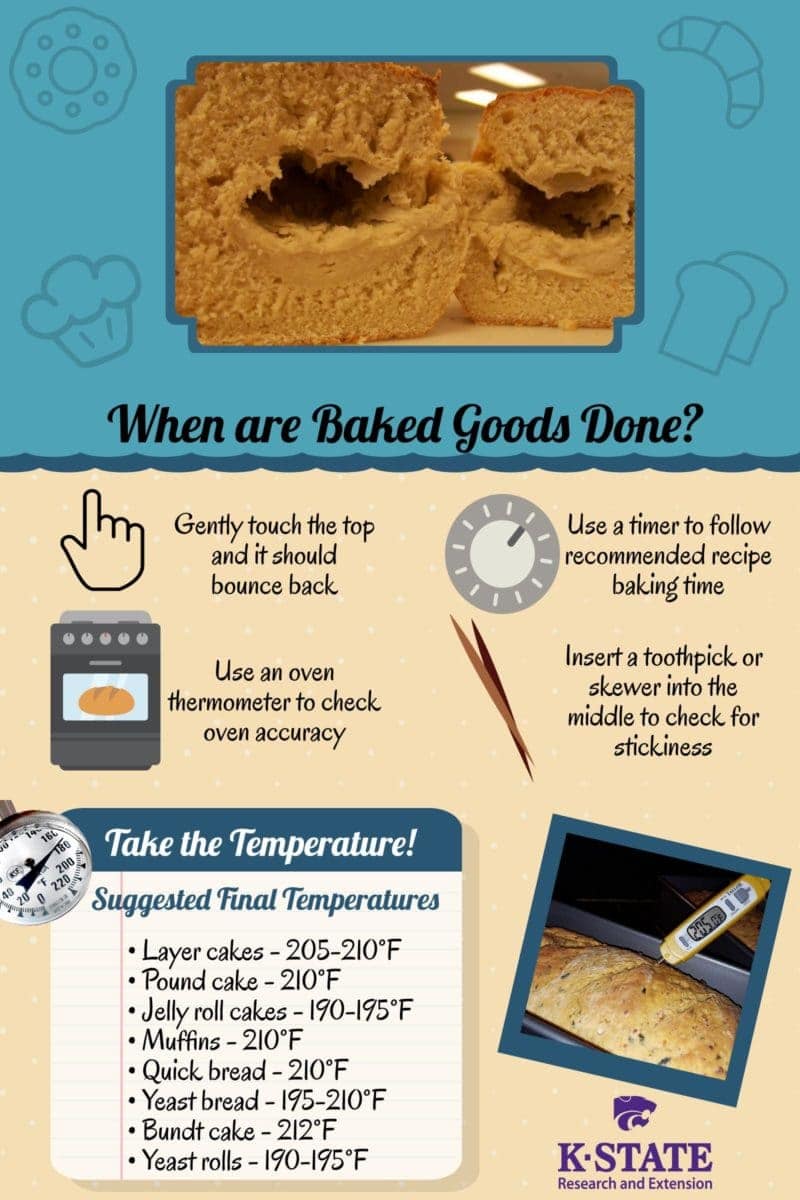
Plus also representatives from the Home Baking Association was on hand. 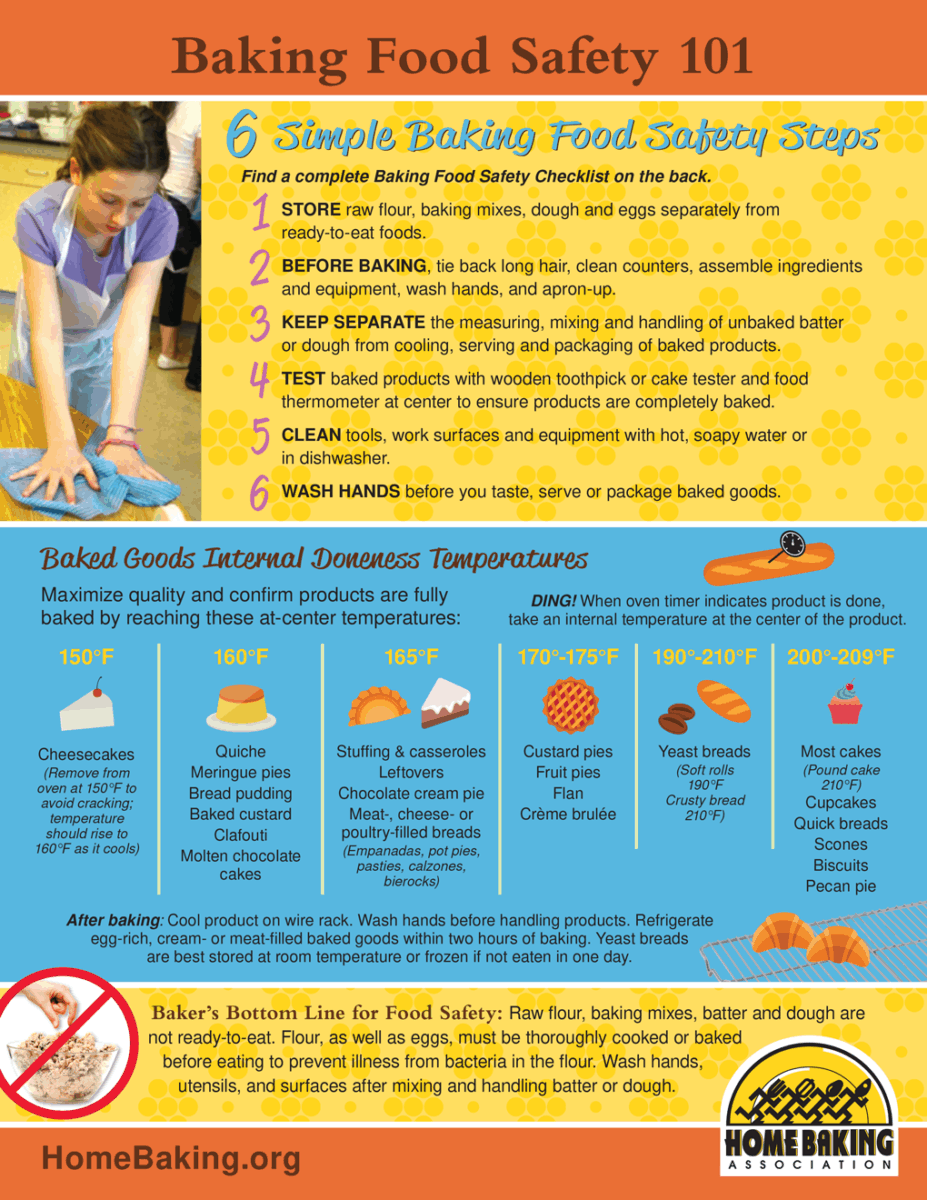
Bread Baking Recommendations:
This amazing trip and experience was sponsored by the Kansas Wheat Commission and Red Star Yeast. As always, all opinions my own. Thank you for supporting partnerships with brands I trust and believe in.






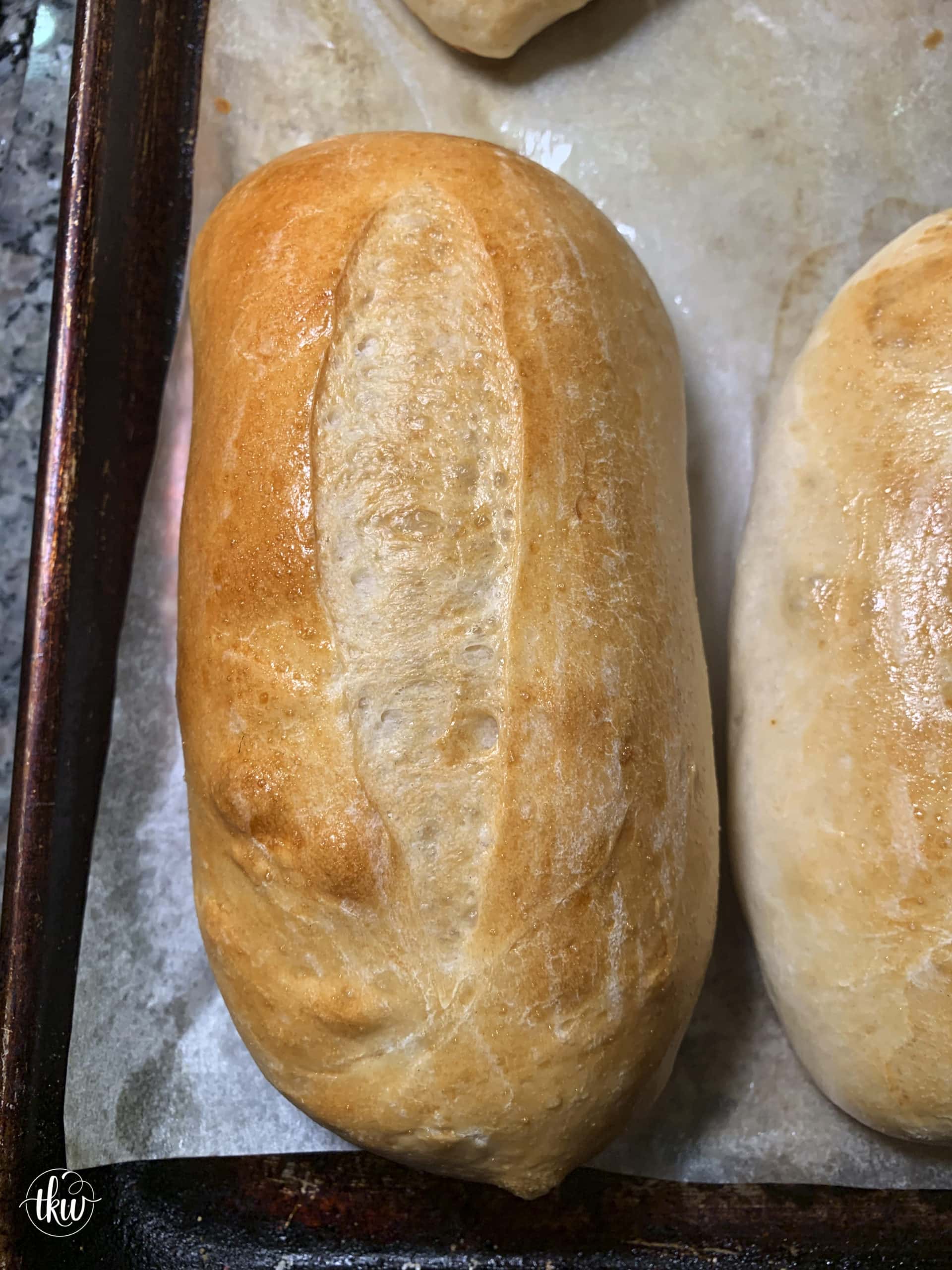
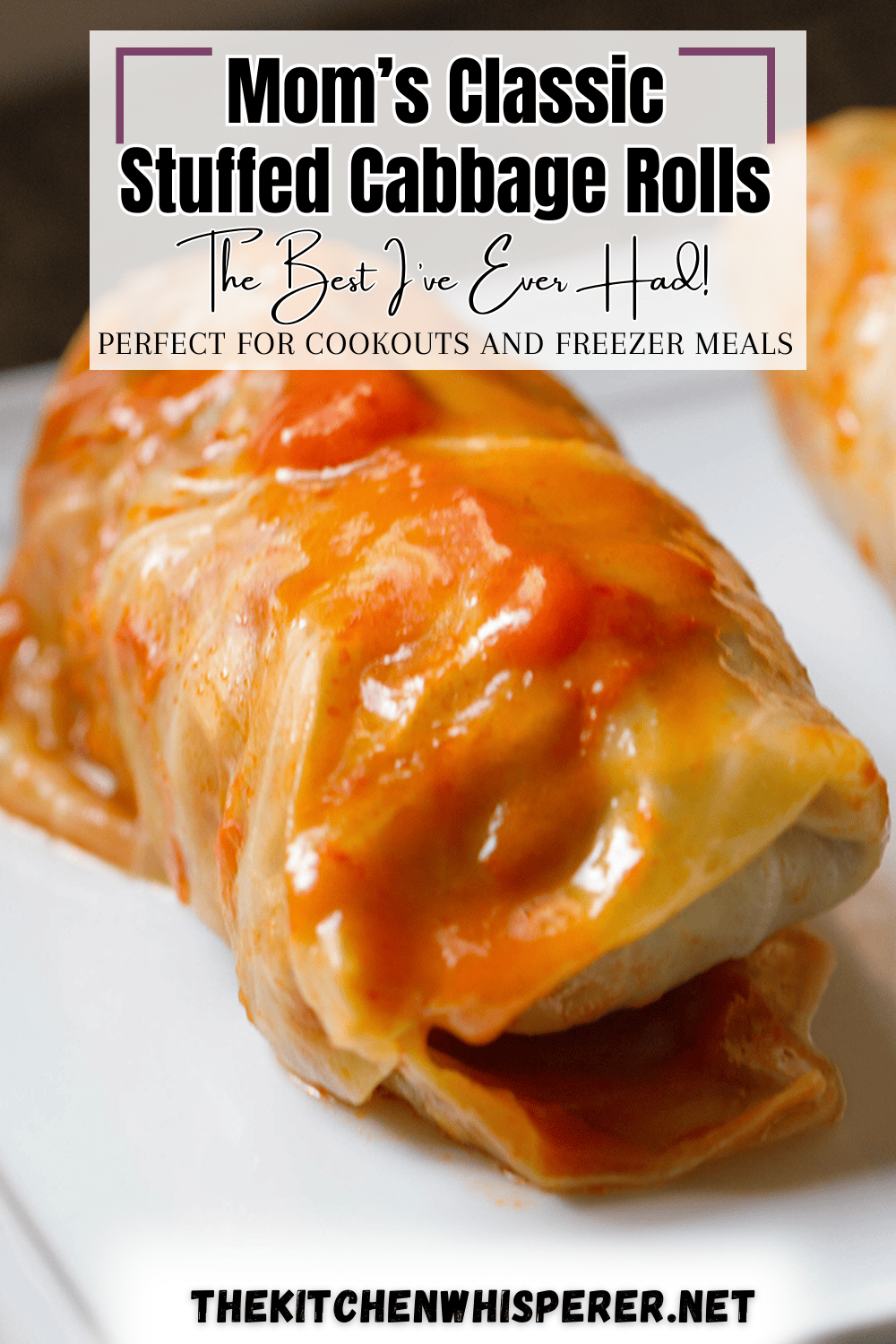
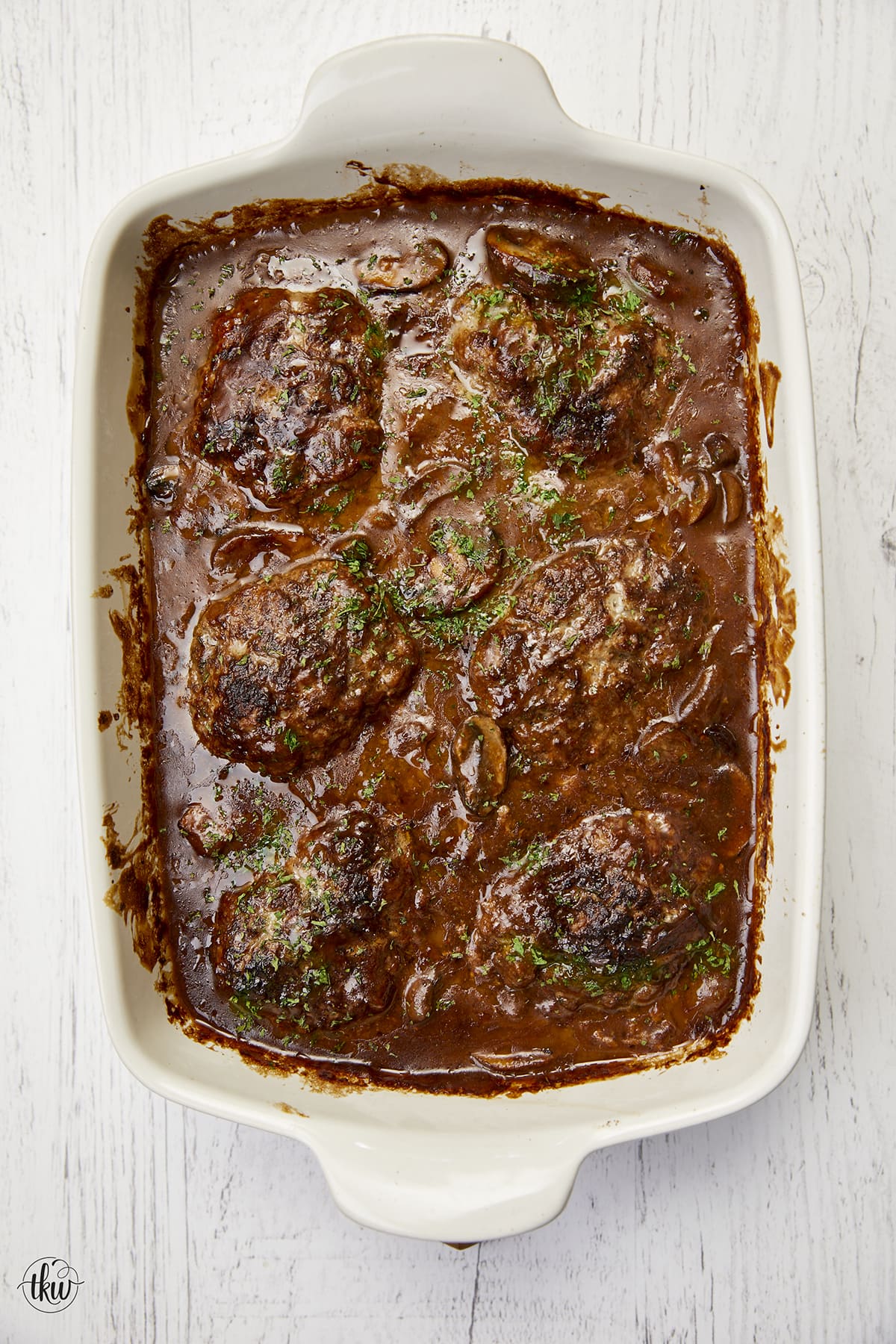


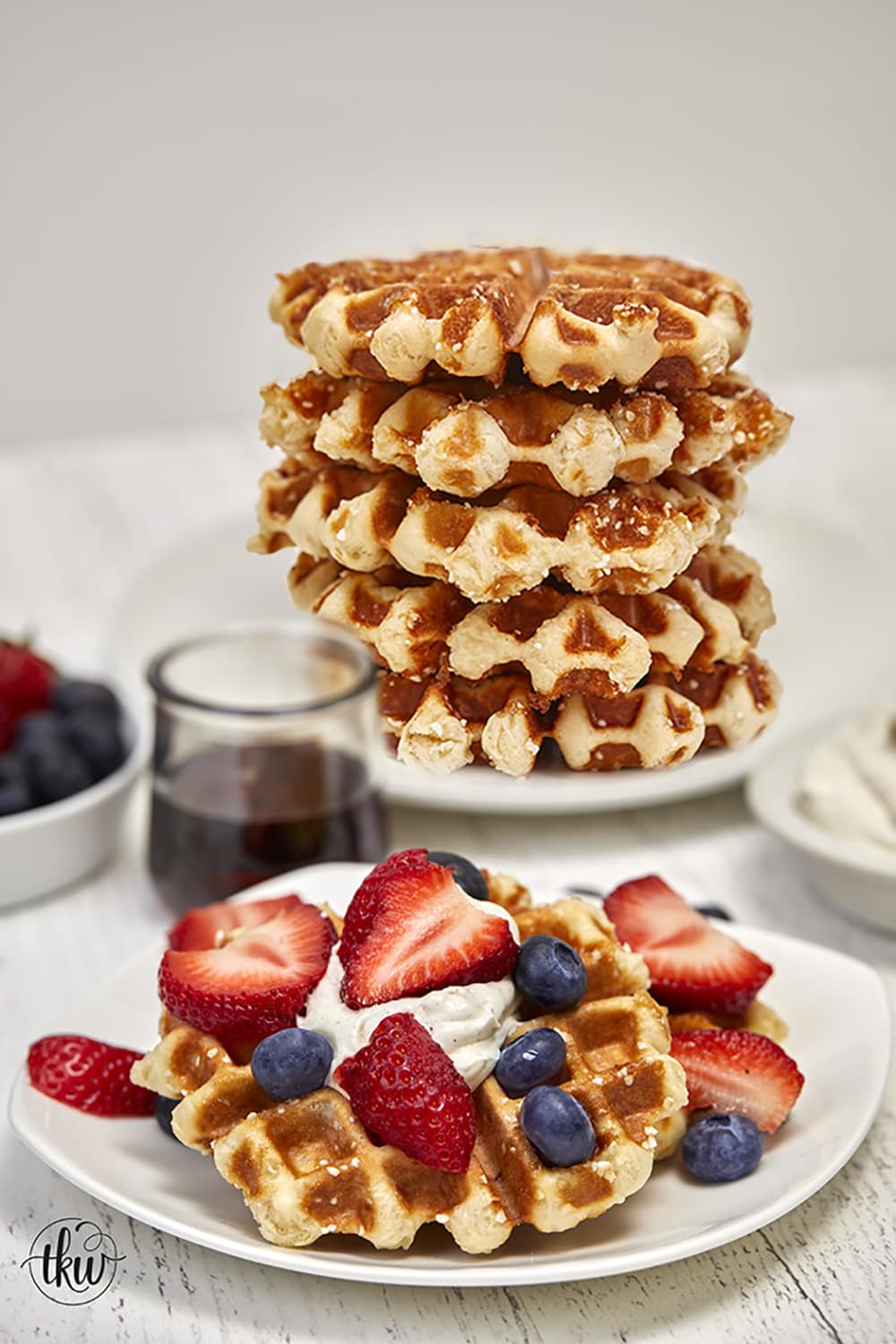

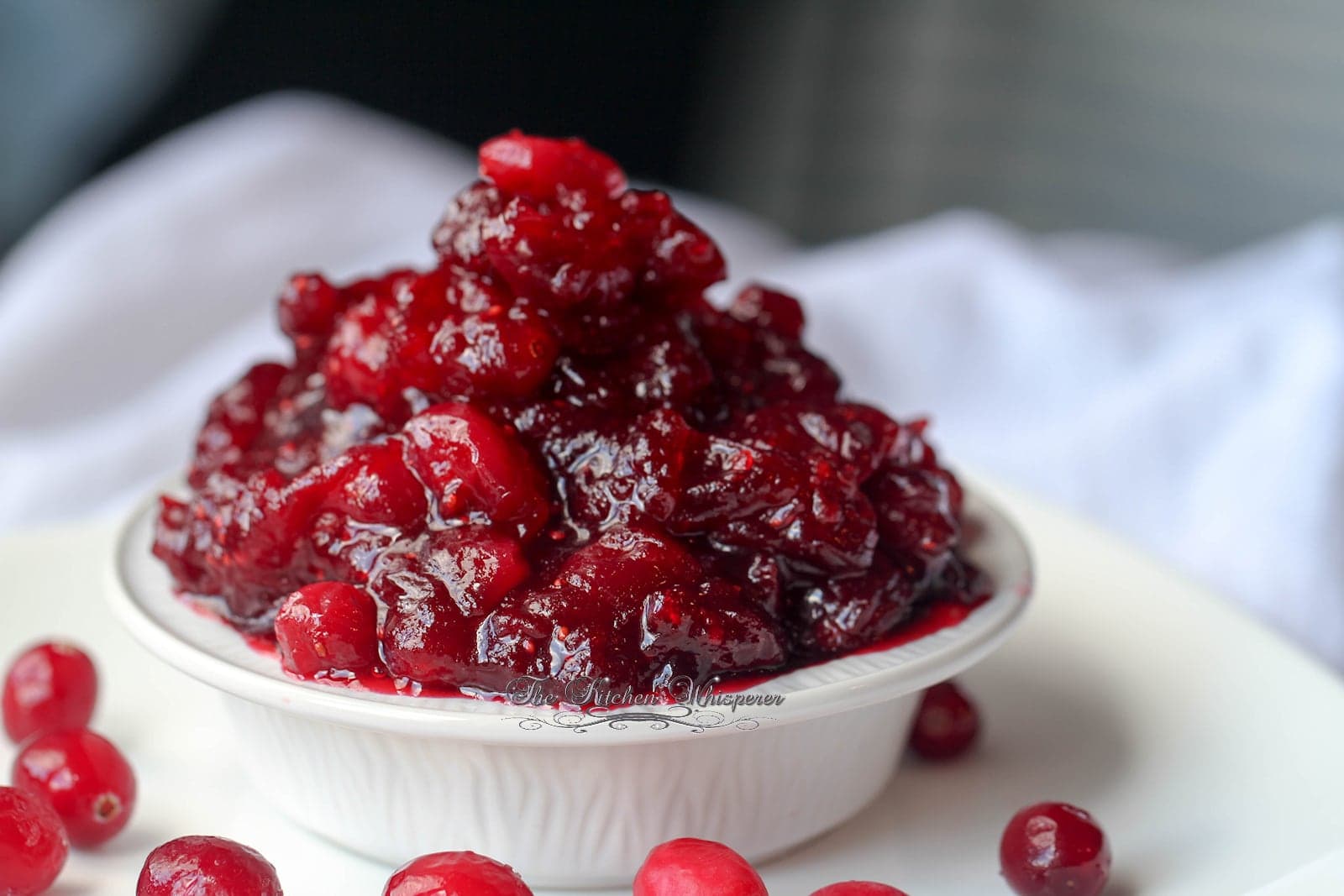
Leave a Reply